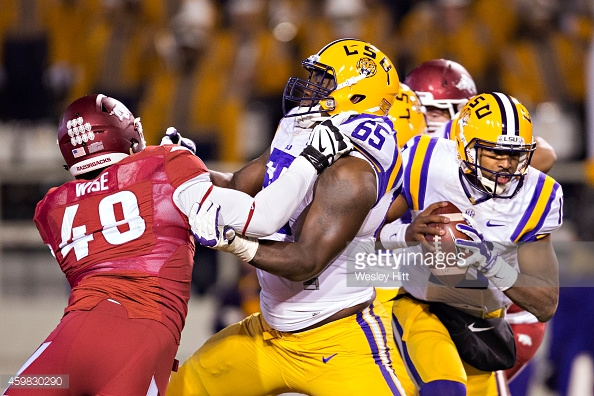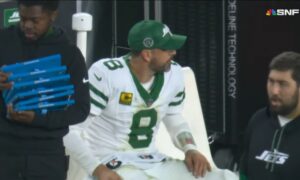The Pittsburgh Steelers have largely had stability within their coaching staff—particularly on the defensive side of the ball—during head coach Mike Tomlin’s tenure in town, especially when you compare it to the way business has been carried out in other football cities around the NFL landscape.
The Steelers keep their coaching staff fairly slim and tight—although they just recently split the duties between inside linebackers and outside linebackers between two coaches, when it formerly was just one job.
One particular position that has seen a lot of turnover under Tomlin, however, has been the position of offensive line coach, a volatile position that he inherited after longtime coach Russ Grimm bailed to join former Steelers offensive coordinator Ken Whisenhunt, who landed the head coaching job in Arizona after he was passed over for Pittsburgh’s vacancy. Grimm and Tomlin became the two candidates for the vacancy, and Tomlin was given the job.
Four different individuals served in the capacity of offensive line coach since Tomlin took over, but to make a long story short, the Steelers finally landed upon Mike Munchak, who, like Grimm, was not only a decorated coach, but also a former Hall of Fame player.
Which made is somewhat curious that during his first two seasons with the team, after his hiring in 2014 following his release as head coach of the Titans, the Steelers had given him just one lineman to work with during the draft in the form of fifth-rounder Wesley Johnson in 2014.
Johnson was a college Swiss Army Knife who logged starts at all five spots along the line, and Munchak admired that versatility. While he played several positions for the team during training camp, however, he was limited to working at center in the preseason. He made the initial 53-man roster, but was released and claimed off waivers several weeks into the season.
It took until the fourth round of the 2016 NFL Draft before Munchak would get the chance to get his hands on another young draft pick, this time LSU tackle Jerald Hawkins, who declared for the draft with a year of eligibility left.
Munchak cited the fact that he came out a year early as a contributing factor in drafting him where they did, believing that he was a player who still had significant room to grow. But at the same time he also views Hawkins as a player already ahead of the curve.
That is because LSU’s offense is more similar to a pro offense, according to the coach, than what many other top teams who produce draftable linemen execute, and the proliferation of the spread offense has not only made it more difficult to evaluate talent, it has also contributed to a rise in early-round failures as linemen struggle to translate their raw skills to a pro-style offense.
“He’s been involved with a lot of different aspects where they’ll be in a two-back offense, two-tight-end offense, a spread offense”, he said. “So as an offensive lineman, he understands those concepts”. Hawkins experience is something that “you get excited about as a coach”, that he “has done a lot of things on the tape that we go in our offense”.
Of course, Hawkins isn’t the only new toy that Munchak has been given, as the Steelers also brought in veteran tackle Ryan Harris to compete for a starting job. Chances are the rookie will be spending his time on the bench as a game-day inactive as he learns. But as least the team is comfortable in knowing that he has already seen much of what he will be shown this spring and summer.








